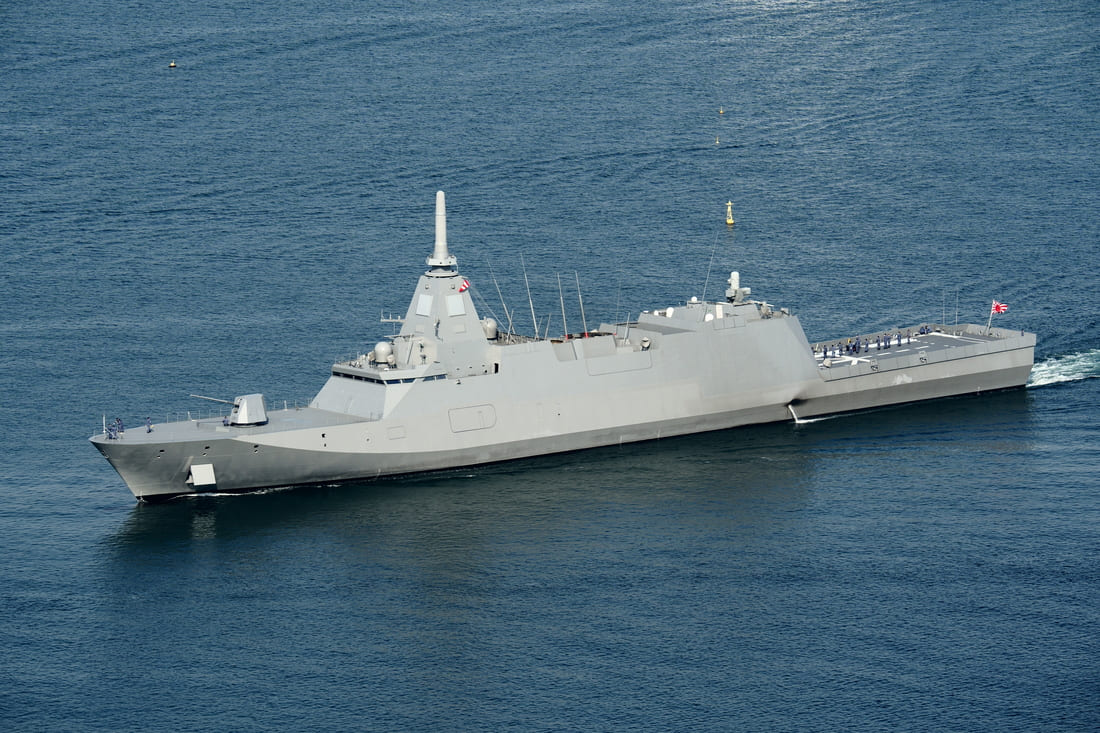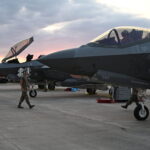Canberra has selected an upgraded Mogami-class frigate for the Navy’s general-purpose program after a full competition. Ministers described it as a practical choice-one that closes the gap between need and delivery without starting from scratch. Defense officials reported that cabinet signed off on the plan on August 5, 2025, and commercial talks are now moving on a fixed timetable. The first hulls will come from a mature production line in Japan, with work shifting to Western Australia under a staged handover.
“The upgraded Mogami-class frigate will help secure our maritime trade routes and our northern approaches as part of a larger and more lethal naval surface combatant fleet,” deputy prime minister and defense minister Richard Marles said.
Pat Conroy, defense industry minister, said the evaluation cut past brochure talk and rested on numbers the fleet can live with. “Today, we are taking another step towards delivering a much larger and more lethal Navy, with stealth frigates that will reassure our allies and deter our adversaries,” he said. He called the chosen variant “the best option for our Navy” and pointed to life-of-type costs and a schedule test that pressed every bidder.
Frigate Contract Details
The program calls for 11 ships and allocates A$10 billion to acquisition. Cabinet directed the department to convert the down-select into a binding 2026 agreement with Mitsubishi Heavy Industries and the government of Japan.
The evaluation weighed the Mogami proposal against a European design. Canberra asked for reach across the Indian and Pacific basins, allied weapons and data-link integration, and a lean watchbill. The winner is already in serial build, with supplier depth and quality controls open to an external auditor.
This program runs in parallel with other fleet changes but isn’t folded into them. The new frigates will replace the Navy’s aging Anzac-class ships as they retire. Other lines are handling the larger escorts and missile inventories. Funding requests for each track go to Parliament separately, keeping this program accountable on its own terms.
Build and Delivery Plan
The production split sends the first three frigates to a Japanese line that’s been turning out similar hulls for years. After that, the remaining eight shift to Henderson, near Perth, where Australian industry will handle assembly and integration under a transfer package agreed with the prime. Defense officials confirm lead-ship delivery in 2029 and commissioning in 2030, followed by two more in quick succession before switching to local output.
The transfer kit matters as much as the steel. Drawings, jigs, and metrology gear go to the domestic yard along with work instructions that spell out weld sequences, alignment steps, and inspection points. The packet includes non-destructive testing methods, calibration routines, and acceptance sheets used on the foreign line. MHI engineers will mentor Australian crews through the early blocks on the shop floor, then taper support once the yard meets quality targets on repeat work.
The domestic yard will stand up a cell where maintainers, testers, and ship’s company rotate through the same build processes. Early crews will sail on the Japan-built hulls to learn at sea instead of waiting on classroom time. When the local line starts, those sailors come back as instructors with hands-on experience in the real layout.
Industrial Transfer to Australian Shipyards
Industrial cooperation drives this program. Instead of one-off fabrication, the domestic yard will be tooled for repeatable builds with fixtures and jigs that match the Japanese setup. Along with that come process manuals, troubleshooting gear, and the metrics auditors use to verify the work. Australian companies will take on deck fittings, cable runs, some piping systems, and living quarters. Once hull sections arrive, local crews fit and test the combat system before the ships head to trials.
Sustainment starts before the first ship leaves the dock. Warehouses fill with spares and special tools early, so maintenance windows don’t start empty. Every part and repair is logged digitally from day one, with shared records that make warranty claims and audits straightforward. The aim is simple: keep the fleet moving without stripping gear from sister ships.
Mogami-Class Capabilities and Integration-Range
The variant Australia picked can stay at sea for close to 10,000 nautical miles and carries a 32-cell vertical launch system. There’s hangar space for a helicopter plus unmanned vehicles, and the crew size hovers around ninety. That matches the Navy’s staffing model and fits the long patrol arcs dictated by geography. Sensors and data links match allied standards, which means the ships can plug into coalition networks without much fuss and tap into a wider range of munitions already in service.
Upgrades won’t wait for a single big refit halfway through the ship’s life. Instead, the combat system is set up for smaller, spiral updates that fit into regular maintenance stops. It’s quicker, and it keeps the crew’s training fresh-procedures change as the software changes, instead of all at once after years of standing still.
Training follows the build. The first crews will get time at sea on the Japanese-built ships, learning on the real hardware before Henderson’s line comes online. As Australian hulls move into trials, new crews step in, bringing experience from both the foreign and domestic builds. Maintenance teams learn a single troubleshooting process for the whole class, avoiding the part-supply and procedure headaches that crop up when early ships get different setups.
Testing stays the same from hull to hull. Crews see identical trial events, so performance is easy to compare and problems don’t hide. The shipyard keeps a predictable beat, and the fleet knows when each unit will arrive. Officials have made clear that this discipline in trials and acceptance is there to protect the schedule, especially for the local run.
How the first two ships perform will set the tone in the region. Japan’s yard has to hit spec and schedule while building for its own navy. Australia’s yard then has to match that pace without burning through its tradespeople. People in the industry say that’s the heart of the decision: a design already in serial production, with process control you can see line by line.
In short, the choice skips the years of risk in a fresh design and goes with something proven. Three ships come from Japan to get capability in the water early, and Western Australia gets the tools and methods to turn out eight more with repeatable quality, not one-off craftsmanship.
REFERENCE SOURCES
- https://www.aljazeera.com/news/2025/8/5/australia-japan-strike-largest-defence-deal-for-advanced-warships
- https://www.minister.defence.gov.au/media-releases/2025-08-05/mogami-class-frigate-selected-navys-new-general-purpose-frigates
- https://www.reuters.com/world/asia-pacific/japan-clinches-landmark-65-billion-warship-deal-with-australia-2025-08-04/
- https://www.abc.net.au/news/2025-08-05/australia-japan-navy-frigates/105613688
- https://www.ft.com/content/610d7b43-ad55-4acd-904c-b22ca254995a
- https://www.janes.com/osint-insights/defence-news/sea/australia-selects-upgraded-mogami-class-for-frigate-programme
- https://www.navalnews.com/naval-news/2025/08/upgraded-mogami-selected-for-australian-navy/
- https://www.mhi.com/news/25080503.html



